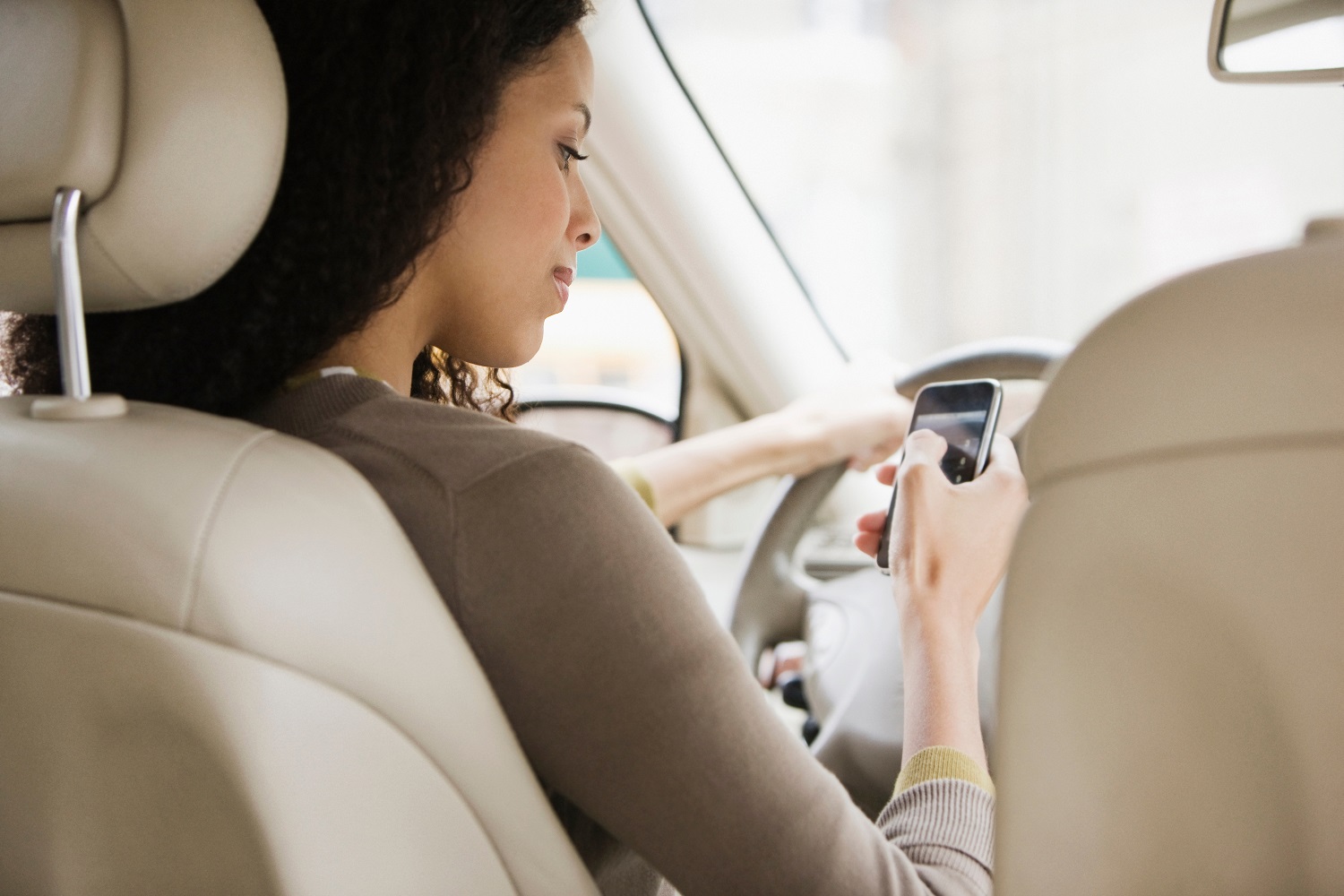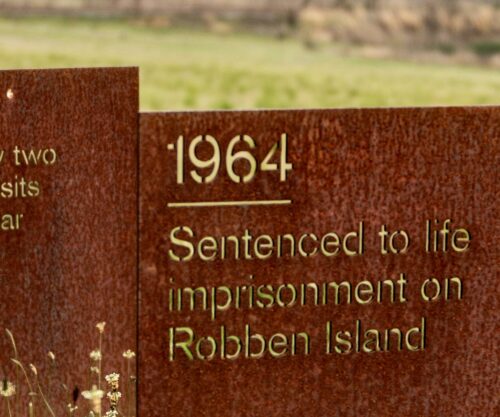
Many people will confirm that they are guilty of not paying attention to their surroundings when refueling. It is not unusual to see them either touching upon their make-up or focusing on their mobile phones. Besides the obvious no-nos; such as lighting a cigarette, it seems we are oblivious to other basic petrol station do’s and don’ts. So, here are seven things to keep in mind the next time you fill-up.
Our motoring expert Vuyi Mpofu has put together 7 petrol station do’s and don’ts to follow the next time you visit a petrol station:
1. DO stay in the car until the attendant has completed your transaction. Too often, people leave their vehicles at the pump while they go into the store to get refreshments. You could call it multi-tasking, but the problem with this is that it usually holds up the flow of traffic to the fuel pump, particularly if you are delayed at the cashier, causing frustration to other customers.
SEE ALSO: 7 safety tips for women driving alone
2. DO NOT fiddle with your phone. It is tempting to use the downtime to catch up on emails, calls and social media updates, but most petrol stations have signs that clearly indicate that the use of mobile phones is not permitted. The reason for this is that phones have been known to cause sparks that can ignite fuel vapors, so in the interest of your own self-preservation, keep your it out of sight until you are in a safer place.
3. DO watch what the petrol attendant is doing. It’s not unusual for an attendant to misunderstand the amount of fuel you have requested, and nothing can prepare you for the shock of learning that you owe R1000 and not R100! Or having the attendant pour diesel when you requested petrol. By staying in the car and watching the pump, you can avert these nasty and very costly surprises. At the end of the day; you are liable for any damage or extra costs.
SEE ALSO: 4 ways to tighten your belt as cost of living soars
4. DO NOT let kids and toddlers out of the car unaccompanied. Fuel stations are generally populated by vehicles, and as you wouldn’t let your toddler cross the road on their own, the same logic should be used in petrol stations. Even though the distance from the pump to the kiosk door is less than 200m and discounting that there generally isn’t much road space in a fuel station, some drivers peel away from the pumps as if they are on a race track and you do not want your babies caught in the middle. Rather wait until your car has been refueled, so you can park in a safe area, and your children can use the walkway to get to the store.
5. DO keep your volume turned way down or keep if off until you are back on the road. I am always amazed by people who pump up the volume in public spaces. While your song of the moment might be the best thing you have ever heard, to the rest of us – it’s inconsiderate! We don’t want to hear your music; we have our own.
6. DO lock your car and double check that it is indeed locked. Opportunistic theft is common and on the rise. When you leave your car to pop into the forecourt kiosk or restrooms, ensure that nothing valuable is left in sight. It is not the responsibility of the petrol attendants to keep vigil over your car and belongings.
6. DO NOT distract yourself while the petrol attendant pokes around under the bonnet. Sure, you might say you don’t know anything about engines, but it is always a good idea to get out of the car and watch what they do. Refilling the water tank or oil level is part of your car’s safety system, and all drivers have a responsibility to know such basics.
SEE ALSO: Tips for saving fuel
7. DO smile and be courteous to staff. Regardless of how your day is going, spare a thought for the men and women who routinely refuel, wash windscreens, check tyre pressure and top up engine oil. This is not the most exciting vocation in the world, but a kind word, tip (not mandatory) and friendly smile could make a difference in their lives.
Car tip: How to changes lanes safely
Changing lanes is a necessary part of daily driving, but most times can result in accidents when not done correctly. When you find yourself behind another vehicle that is travelling slower than you are and need to pass, always check your rear-view and side mirrors before doing so. Also, get into the habit of turning your head slightly so you can see if there are any obstructions you might have missed (usually due to mirrors not being positioned correctly). Turn on your indicator (before proceeding) and check your mirrors again. Vehicles such as police cars and motorbikes travel at high speed and can reach you in seconds. Only when you are certain that the coast is clear, should you gently steer out of your lane to pass the other vehicle. After passing, use your indicator once more to signal to the driver behind you that you intend to rejoin the lane. Check your side and rear-view mirror to ensure that the vehicle you passed is well behind you before rejoining the lane. And remember, whenever you are given space to change lanes, always show appreciation to the driver who has done so, even if you have the right of way. Not only is it polite, but it also encourages better cohesion on our roads.




